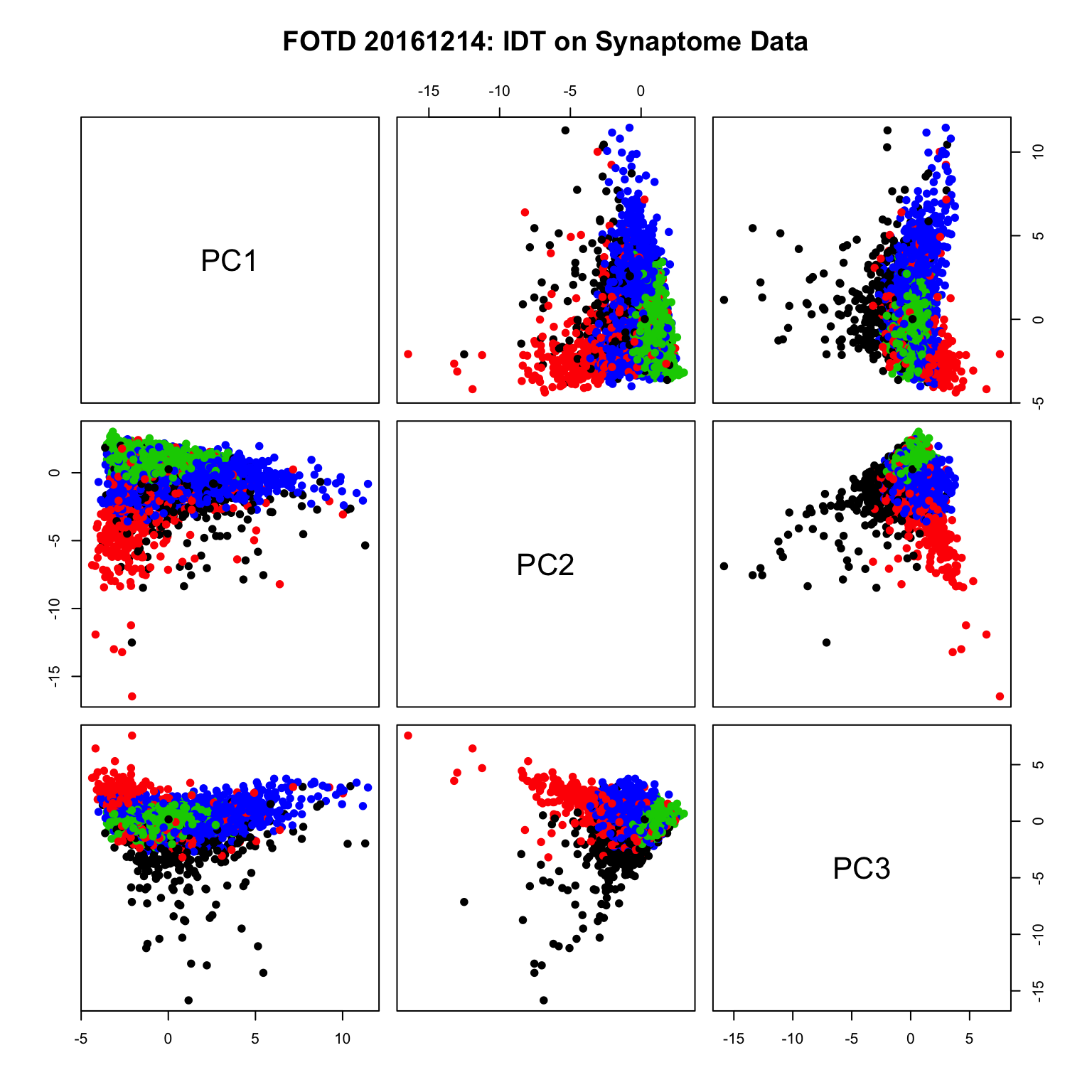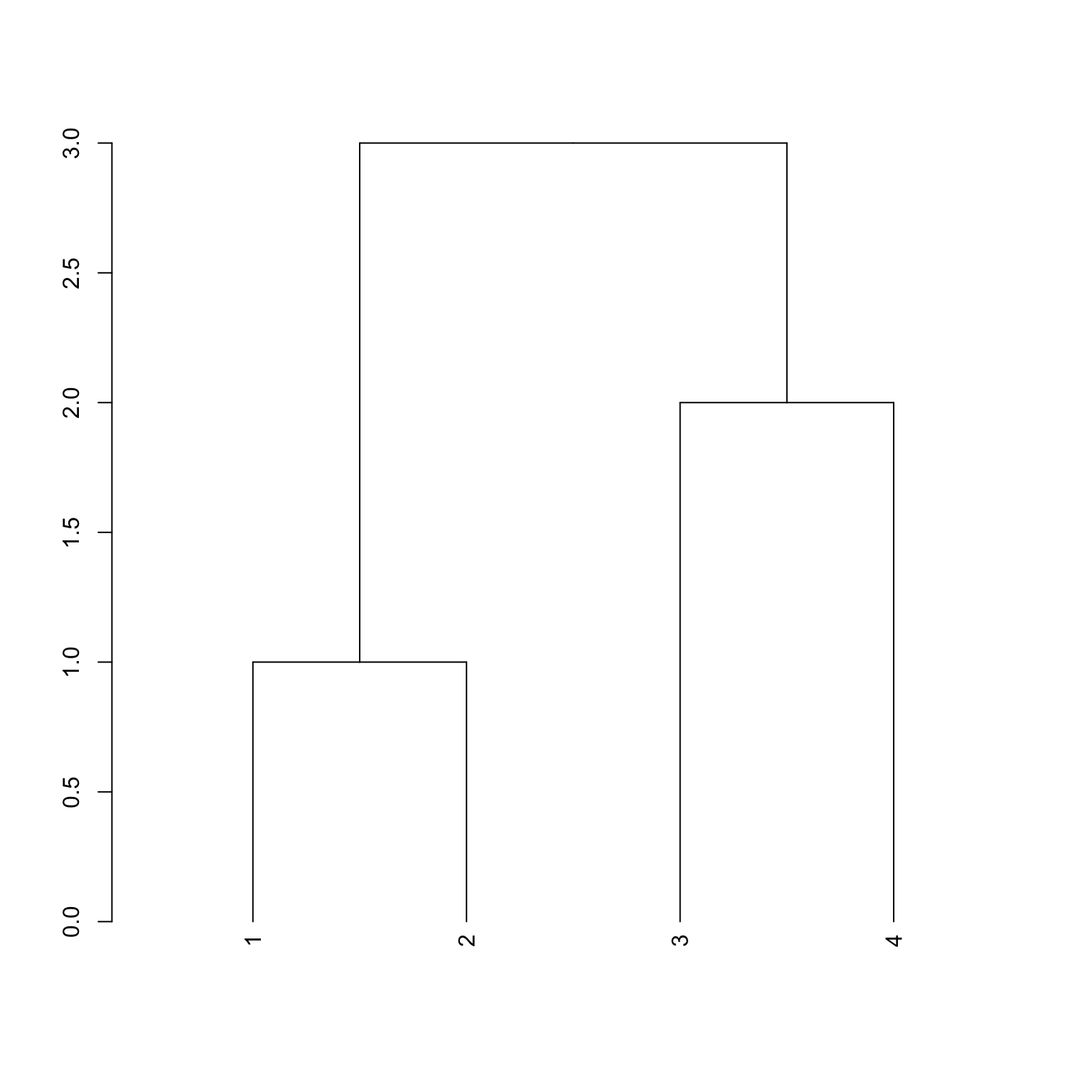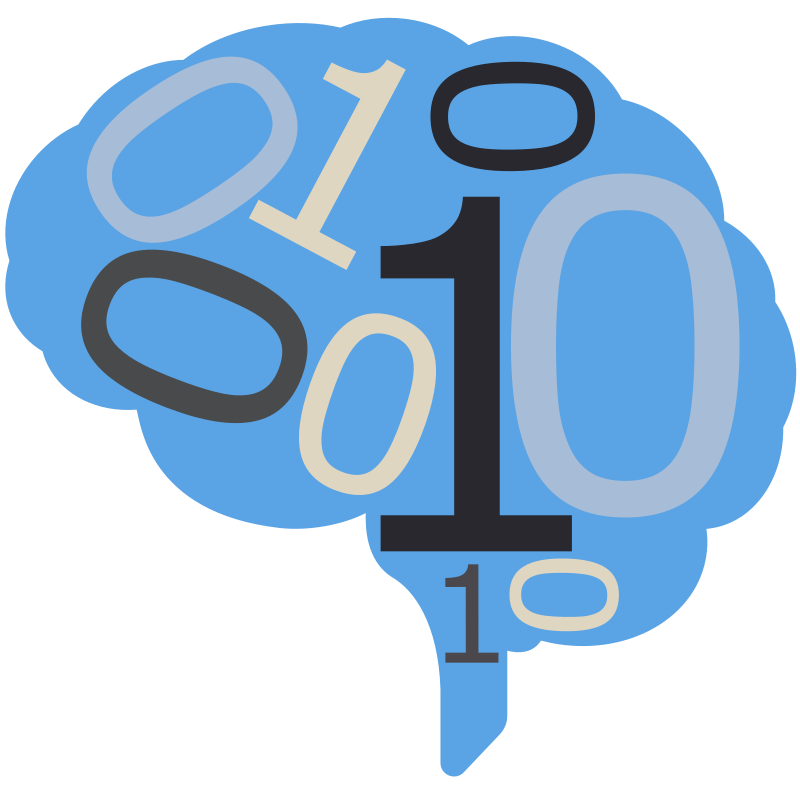Here we select a random half of the synaptome data, different from the half we have been using.
The data are then z-scored and principal components are computed to the 3rd elbow by Z-G.
supressMessages(require(meda))
source("~/neurodata/synaptome-stats/Code/doidt.r")
load('~/neurodata/synaptome-stats/Code/cleanDataWithAttributes.RData')
### Setting a seed and creating an index vector
### to select half of the data
#set.seed(2^10)
set.seed(317)
half1 <- sample(dim(data01)[1],dim(data01)[1]/2)
half2 <- setdiff(1:dim(data01)[1],half1)
feat <- data01[half1,]
feat2 <- data01[half2,]
#set.seed(2^10)
set.seed(317)
ss <- sample(dim(data01)[1],10000)
small <- data01[ss, 1:24, with = FALSE]
dat <- small
zfeat <-
dat[, lapply(.SD, scale, center = TRUE, scale=TRUE)]
pr2 <- prcomp(zfeat)
#cur <- rCUR::CUR(as.matrix(zfeat), k = 3)@C
(elb <- getElbows(pr2$x, 3, plot = FALSE))
## [1] 3 18 21
X <- pr2$x[, 1:elb[3]]
out <- doIDT(as.matrix(X),
FUN="mclust",
Dmax=ncol(X), ## max dim for clustering
Kmax=2, ## max K for clustering
maxsamp=nrow(X), ## max n for clustering
samp=1, # 1: no sampling, else n/sample sampling
maxdepth=2, # termination, maximum depth for idt
minnum=100, # termination, minimum observations per branch
verbose=TRUE)
## ===============================================
## Working on branch 1 , depth = 1 ( 2 )
## n = 10000 , dim = 21 , dmax = 21 , Kmax = 2
## Clustering in dim = 13, Khat: 2 , VVV
## ===============================================
## Working on branch 11 , depth = 2 ( 2 )
## n = 1915 , dim = 13 , dmax = 13 , Kmax = 2
## Clustering in dim = 16, Khat: 2 , VVV
## ===============================================
## Working on branch 111 , depth = 3 ( 2 )
## n = 821 , dim = 16 , dmax = 16 , Kmax = 2
## ***** LEAF: 111 : (pure,small,deep)=( FALSE , FALSE , TRUE )
##
## ===============================================
## Working on branch 112 , depth = 3 ( 2 )
## n = 1094 , dim = 16 , dmax = 16 , Kmax = 2
## ***** LEAF: 112 : (pure,small,deep)=( FALSE , FALSE , TRUE )
##
##
## ===============================================
## Working on branch 12 , depth = 2 ( 2 )
## n = 8085 , dim = 13 , dmax = 13 , Kmax = 2
## Clustering in dim = 11, Khat: 2 , VVV
## ===============================================
## Working on branch 121 , depth = 3 ( 2 )
## n = 4433 , dim = 11 , dmax = 11 , Kmax = 2
## ***** LEAF: 121 : (pure,small,deep)=( FALSE , FALSE , TRUE )
##
## ===============================================
## Working on branch 122 , depth = 3 ( 2 )
## n = 3652 , dim = 11 , dmax = 11 , Kmax = 2
## ***** LEAF: 122 : (pure,small,deep)=( FALSE , FALSE , TRUE )
##
##
## number of leaves (clusters) = 4
save(X, out, file = "IDTrun20161214_2.RData")
idtlab <- out$class
idtall <- out$idtall
leaves <- which(sapply(idtall, function(x) x$isLeaf))
#sapply(idtall[leaves], function(x) {
# pairs(X[x$ids, 1:3], col = out$classification[x$ids]); Sys.sleep(3)
# })
pairs(X[1:5e3,1:3], pch=19,col= idtlab[1:5e3], main ="FOTD 20161214: IDT on Synaptome Data")

#n <- 5e3
#plot3d(X[1:n,1:3], col = idtlab[1:n], size = 15, alpha = 0.5)
idtall <- out$idtall
leaves <- which(sapply(idtall, function(x) x$isLeaf))
nleaves <- G <- length(leaves)
dend <- makeDendrogram(idtall)
plot(dend)

